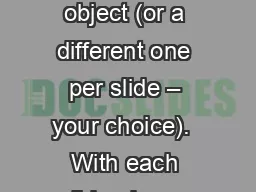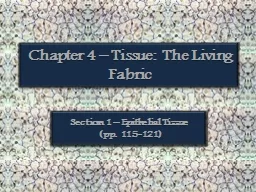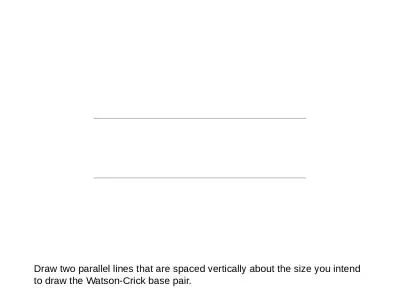PPT-Epithelial Tissue Lab *Draw the diagram and answer the questions for each slide
Author : mia | Published Date : 2022-06-11
1 Simple Columnar A Diagram cells are the layer of pink elongated cells the purple cells within them are goblet cells B Name 2 areas where it is located in
Presentation Embed Code
Download Presentation
Download Presentation The PPT/PDF document "Epithelial Tissue Lab *Draw the diagram ..." is the property of its rightful owner. Permission is granted to download and print the materials on this website for personal, non-commercial use only, and to display it on your personal computer provided you do not modify the materials and that you retain all copyright notices contained in the materials. By downloading content from our website, you accept the terms of this agreement.
Epithelial Tissue Lab *Draw the diagram and answer the questions for each slide: Transcript
Download Rules Of Document
"Epithelial Tissue Lab *Draw the diagram and answer the questions for each slide"The content belongs to its owner. You may download and print it for personal use, without modification, and keep all copyright notices. By downloading, you agree to these terms.
Related Documents














